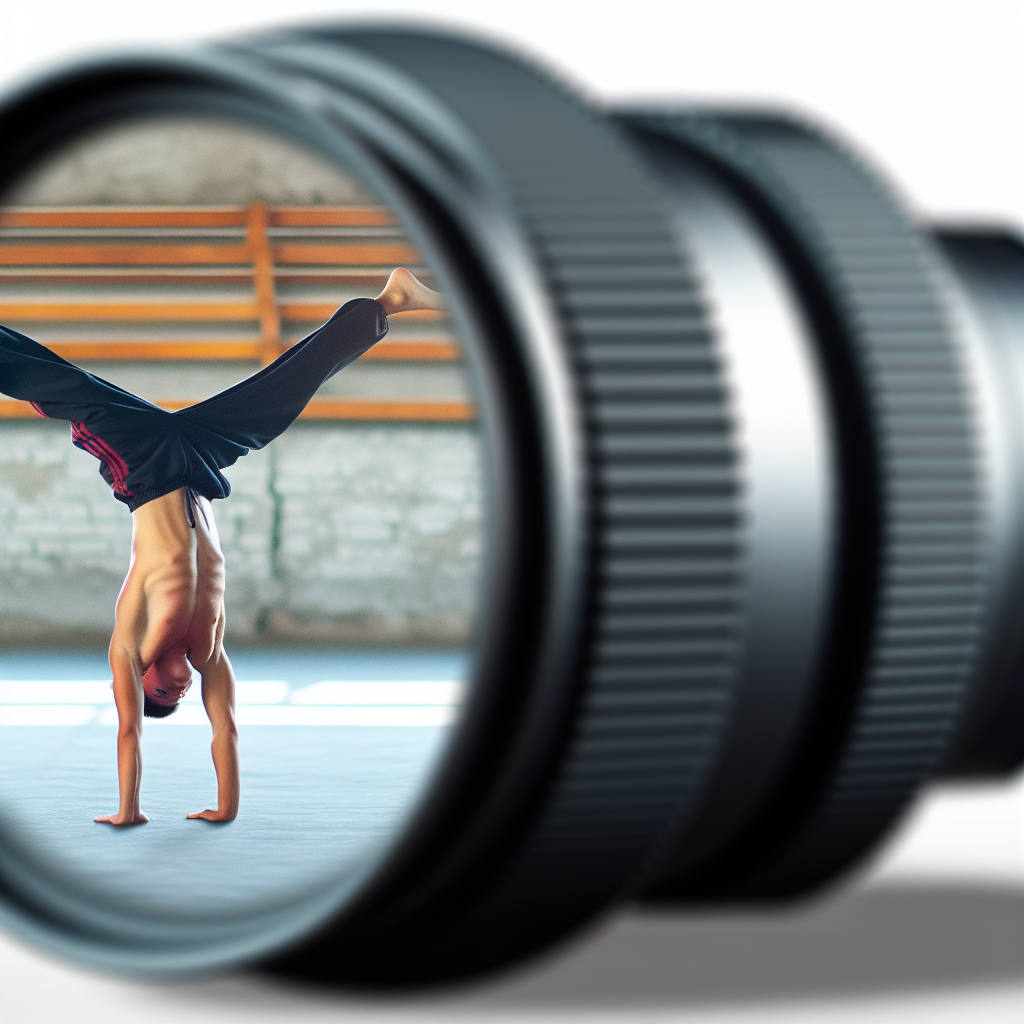Mastering a *no hands!* handstand is one of the most impressive feats in gymnastics and fitness. Whether you’re a beginner or an experienced athlete, understanding the fundamentals and techniques behind this challenging move can elevate your skills and confidence. In this article, we’ll explore how to perform a no-hands handstand safely and effectively, inspiring you to take on the #handstandchallenge.
Building the Foundation: Strength and Balance
Before attempting a no-hands handstand, it’s essential to develop fundamental strength and balance. Focus on core muscles like your abs, obliques, and lower back through exercises such as planks, hollow body holds, and leg raises. These build the stability needed to control your body without relying solely on your arms or hands. Additionally, working on traditional handstands against a wall helps you adapt to the upside-down position while maintaining balance.
Key components to prioritize include:
- Core strength: Crucial for maintaining a steady, upright posture.
- Shoulder stability: Supports the weight during upside-down movements.
- Balance drills: Use exercises like controlled shoulder shrugs and dynamic balance holds to enhance proprioception.
Progress gradually from assisted handstands to free-standing variations. As you improve, focus on controlling your body’s center of gravity, which is vital for a successful no-hands handstand.
Transitioning to No Hands: Technique and Progression
Transitioning from a traditional handstand to a no-hands variation requires a combination of technique, spatial awareness, and confidence. Start by practicing partial handless balances—such as lifting one hand or briefly removing both hands during an assisted handstand with a spotter. This helps your body adapt to balancing with less support. Over time, aim to shift your focus to:
- Body alignment: Keep your head neutral, shoulders engaged, and hips aligned over your shoulders.
- Control and patience: Enter and exit no-hands positions slowly to avoid falls and injuries.
- Foot and leg positioning: Tuck or straddle your legs for added stability during the transition.
Practicing against a wall initially allows you to gain confidence before attempting freestanding no-hands handstands. Remember, consistency and mindful practice are key. Without rushing, your body will learn how to maintain balance independently, embodying the true spirit of the #handstandchallenge.
In conclusion, mastering a no-hands handstand combines strength, balance, and technique, making it a thrilling goal for gymnasts and fitness enthusiasts alike. By developing core stability, practicing controlled transitions, and progressing gradually, you can achieve this impressive feat safely and effectively. So, stay dedicated, keep practicing, and embrace the challenge—you’ll be performing no-hands handstands in no time!
